
Krabbe disease is an uncommon and inherited disease that affects approximately one in every 100.000 Americans. This potentially fatal disease affects the central nervous system.
This disease is first diagnosed in early childhood, often in babies not older than six months. It affects muscle tone, movement, and sight and hearing loss are among its devastating effects.
Unfortunately, there is no cure for Krabbe disease. The treatment is mainly focused on alleviating the symptoms and making the life easier for the patient. Recently, there has been some research involving stem cell transplants for Krabbe disease patients, but the effects are believed to be effective if the treatment is applied before the symptoms even start.
The symptoms, which usually start very early, include irritability, fever, limb stiffness, seizures, vomiting and slow mental and motor development. In early stages, Krabbe disease is easily mistaken for cerebral palsy.
Causes of Krabbe disease
The main culprit for Krabbe disease is a genetic defect that causes deficiency of an enzyme called galactocerebrosidase (GALC). One of the main roles of this enzyme is the production of a substance called myelin that insulates the nerve fibers.
Another medical term for Krabbe disease is globoid cell leukodystrophy. Globoid cells are responsible for storing galactolipides. Without GALC enzyme, galactolipides are stored and accumulated in the brain. The most damage seen in Krabbe disease is believed to come from a galactolipid called psychosine. When psychosine levels are high, the myelin-producing cells begin to self-destruct.
Since Krabbe disease is inherited, an abnormal gene, located in the 14th chromosome, is passed from both parents to the child who will become ill.
Treatment for Krabbe disease
There is no cure for Krabbe disease. The disease can be managed or alleviated through medication and physical therapy. For example, anticonvulsant medications provide some relief, especially for seizures, while physical therapy is intended to minimize deterioration of the muscle tone. Occupational therapy is also an option and it aims to provide as much independence possible for Krabbe patients, especially older children with not so severe symptoms, who could learn to perform simple tasks, such as getting dressed or brushing the teeth.
Krabbe disease causes bouts of vomiting in some cases, where antiemetic medication can be helpful.
Another, researched but not yet approved treatment option, includes bone marrow transplantation or cord blood transfusion for patients with Krabbe disease. Also, there is a possibility that transfusion of healthy donor cells, with normal GALC enzyme function, may lead to normal myelin development in babies predisposed for Krabbe disease.



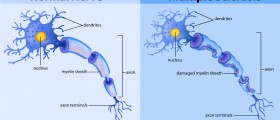




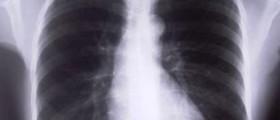
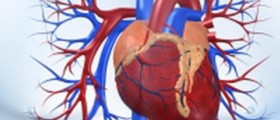

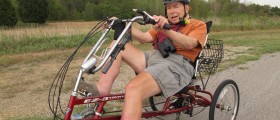


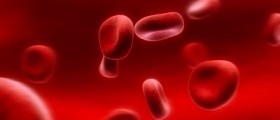


Your thoughts on this
Loading...